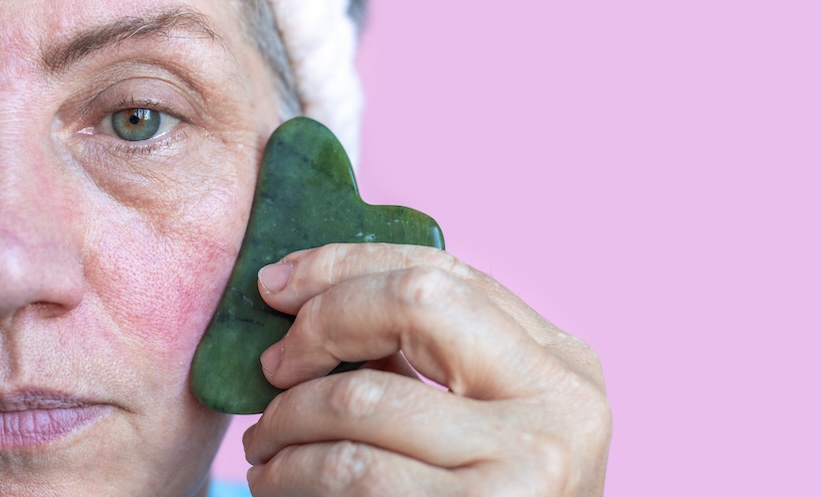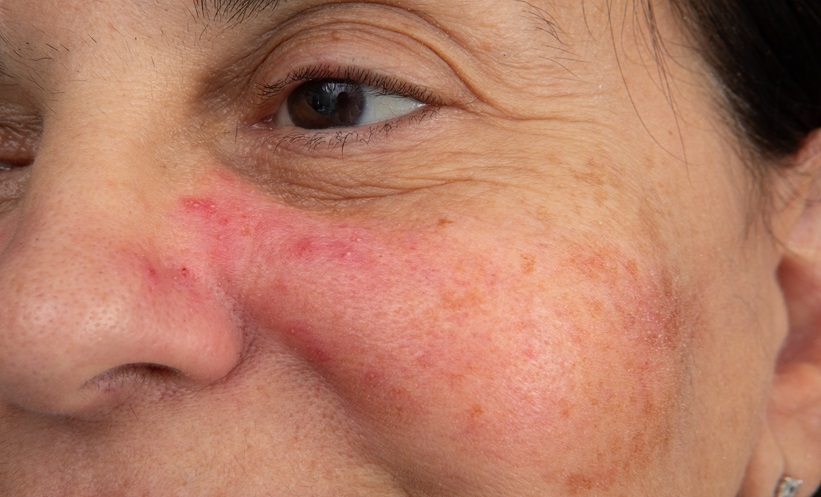ROSACEA, a chronic inflammatory skin condition that is diagnosed based on clinical examination alone, often presents with central facial redness, visible small blood vessels (telangiectasia), and inflammatory lesions such as papules and pustules. Phymatous changes, which cause thickening of the skin, and ocular symptoms are also common. Patients frequently report symptoms such as burning, stinging, itching, and pain, as well as general skin sensitivity. The global prevalence of rosacea is estimated to be around 5%, and while it was traditionally considered more common in lighter skin tones (Fitzpatrick skin types I and II), recent studies indicate that rosacea affects all skin types and may be underdiagnosed in individuals with darker skin tones.
The pathogenesis of rosacea is complex and multifactorial, involving a range of factors including genetic predisposition, immune system dysregulation, and impaired skin barrier function. Dysregulation of the innate immune system, especially the overactivation of toll-like receptor 2 (TLR2), appears to play a significant role. This triggers the production of antimicrobial peptides (AMPs), such as cathelicidins, which can contribute to inflammation. Microorganisms, particularly Demodex mites and certain bacteria like Staphylococcus epidermidis, are also implicated, as their presence may activate TLR2 and amplify AMP production. Additionally, increased expression of the enzyme kallikrein 5 (KLK5) in rosacea patients leads to the activation of LL-37, a peptide that further promotes inflammation, blood vessel formation, and changes in the skin’s structural matrix.
Treatment of rosacea is challenging due to its multifactorial nature, and many patients turn to non-prescription products for relief. A recent study evaluated a skincare regimen designed to target facial redness in rosacea. This regimen, including a treatment serum, a redness-reducing moisturiser, and sunscreen, showed promising results. Participants experienced significant reductions in facial redness by 21% at week 4 and 32% by week 8. Additional improvements were noted in fine lines, skin radiance, and texture. Non-invasive measurements also confirmed a 28% increase in skin hydration and a significant reduction in redness, with no reported tolerance issues. These findings suggest that tailored, non-prescription skincare regimens can provide an effective and well-tolerated option for managing rosacea symptoms.
Reference
Farris PK, Gerstein FH, Baldwin HE, Draelos ZD. A Cosmetic Regimen Formulated to Address the Multi-Modal Pathogenesis of Rosacea Demonstrates Efficacy for Treating Facial Redness and Skin’s Appearance. J Drugs Dermatol. 2024;23(9):757-763.








